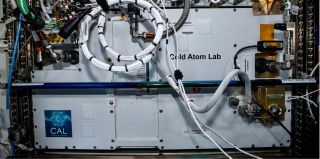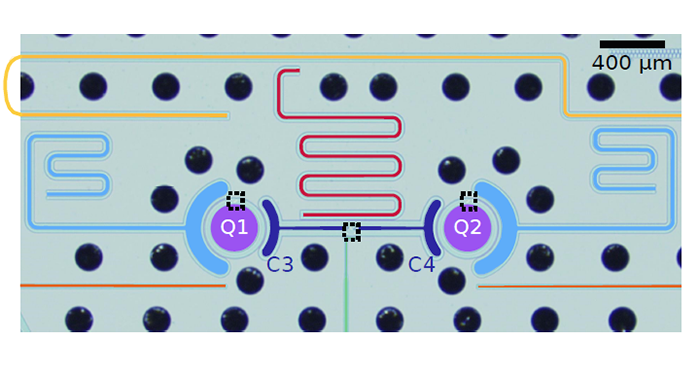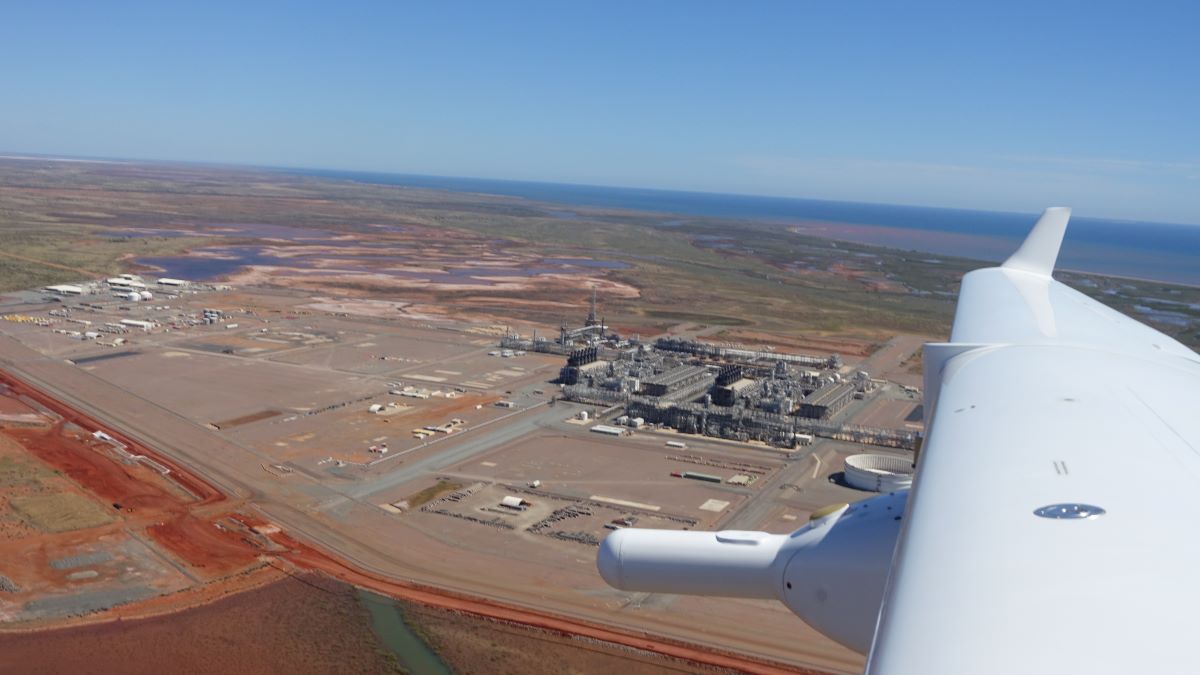Scientists at NASA’s Cold Atom Lab (CAL) onboard the International Space Station (ISS) have announced that, for the first time, they have successfully made high-precision measurements using a quantum sensor based on ultra-cold atoms of the element Rubidium.This is a significant achievement with wide-ranging applications, as these sensors could surpass traditional ones in sensitivity and accuracy, enabling advancements in fields like GPS technology and telecommunications.
Additionally, working versions of these sensors would offer new opportunities for scientific discoveries through the study of quantum phenomena, testing the limits of fundamental physics — and maybe even pushing beyond theories such as general relativity and the Standard Model of particle physics. If so, that would undoubtedly lead to a revolution in — space exploration as well.
“Reaching this milestone was incredibly challenging, and our success was not always a given,” Jason Williams, the Cold Atom Lab project scientist at NASA’s Jet Propulsion Laboratory in Southern California, said in a statement. “It took dedication and a sense of adventure by the team to make this happen.”
Basically, CAL researchers were able to measure the subtle vibrations of the ISS itself, using an instrument called an atom interferometer — it’s one of the most advanced technologies for making high-precision measurements. The technique is based on the same principles as optical interferometry, where light is split into two beams that travel along different optical paths before getting combined to produce interference. Any differences between the beams’ paths allows for extremely precise detection of changes in the environment.
Related:

Instead of light, however, atom interferometry uses atoms cooled to near absolute zero (-459 degrees Fahrenheit or -273 degrees Celsius), and relies on their ability to exist in multiple positions and motions at the same time due to quantum effects that become apparent at this ultra-cold temperature.
When atoms move through an interferometer, they create patterns called fringes, which contain information about forces like gravity or other environmental influences. And, because atoms move much slower than light, they are affected by these forces for a longer time, allowing for very precise measurements that are much more sensitive than their optical counterparts.
On Earth, atom interferometers have allowed scientists to achieve incredible feats, such as building absolute gravimeters and investigating changes in fundamental constants of nature with baffling accuracy. But physicists have been eager to apply atom interferometry in space, where microgravity helps eliminate interference and allows scientists to take even longer measurements that would actually, in turn, improve the instrument’s sensitivity altogether. In the past, however, maintaining coherence between the atom’s has been challenging and required hands-on assistance in order to run experiments.
Yet, the CAL scientists were able to run their measurements remotely from Earth.
The team hopes that, as the instrument further develops, it will become possible to make even more precise measurements of gravity that would allow us to investigate and understand our cosmos in greater detail than ever. “For instance, they could reveal the composition of planets and moons in our solar system, because different materials have different densities that create subtle variations in gravity,”” the NASA team wrote in a press release.
This enhanced sensitivity could also enable scientists to finally detect dark matter, an elusive substance that has remained a cosmic mystery due to its weak interactions with particles and gravitational fields.
“Atom interferometry could also be used to test Einstein‘s theory of general relativity in new ways,” University of Virginia professor Cass Sackett, a Cold Atom Lab principal investigator and co-author of the new study, said in the statement. “This is the basic theory explaining the large-scale structure of our universe, and we know that there are aspects of the theory that we don’t understand correctly. This technology may help us fill in those gaps and give us a more complete picture of the reality we inhabit.”
It will certainly be exciting to see where future experiments lead. “I expect that space-based atom interferometry will lead to exciting new discoveries and fantastic quantum technologies impacting everyday life, and will transport us into a quantum future,” Nick Bigelow, a professor at University of Rochester in New York and Cold Atom Lab principal investigator for a consortium of U.S. and German scientists who co-authored the study, said in the statement.




















Discussion about this post